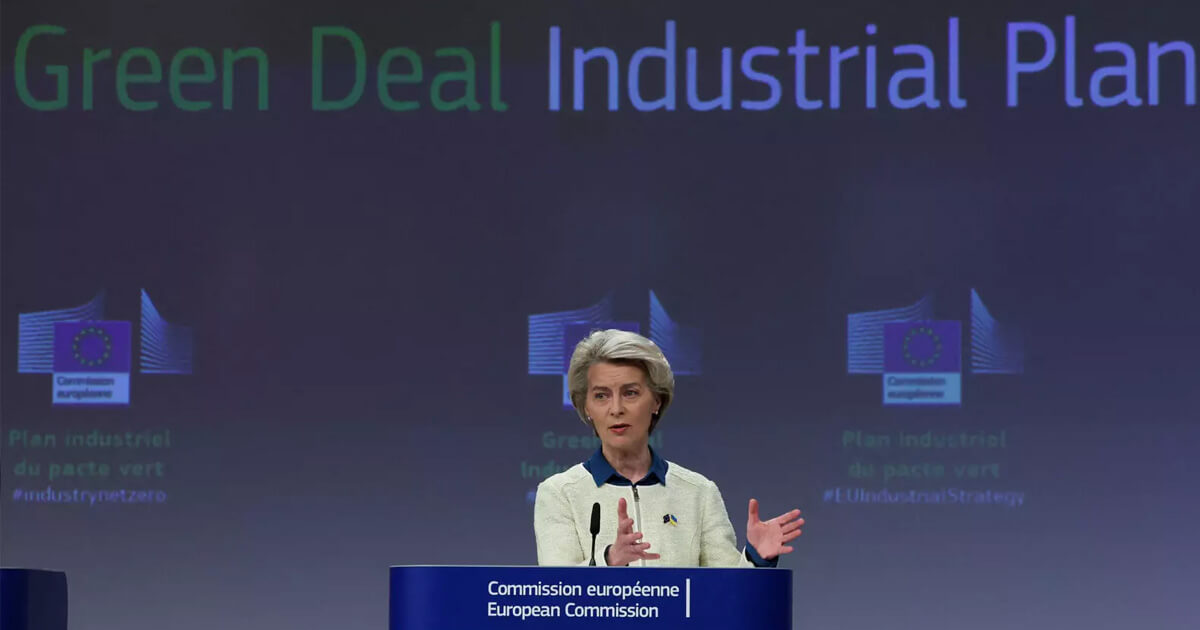The discussion on the direct and indirect effects of U.S. Green Subsidies on European industries began a year ago. These subsidies encompass financial incentives, grants, and support provided by the U.S. government to encourage sustainable practices. While aimed at industries striving to reduce carbon emissions, and promote renewable energy sources, and eco-friendly technologies, their implementation has met resistance in Europe.
The goal of fostering sustainable practices and technologies that contribute to environmental preservation and the fight against climate change appears to inadvertently encourage industry relocation to the U.S. This has led to increased competitiveness of American products and technologies, compelling European industries to invest more in research and development to remain competitive and keep pace with technological advancements fueled by U.S. subsidies.
Trade relations between the U.S. and Europe could be impacted. Overly subsidized U.S. products flooding global markets may trigger trade tensions and disputes, affecting European industries and supply chain dynamics. European industries relying on specific resources may face disruptions due to changes in global supply chains driven by subsidized U.S. sectors.
One year later, European industries responded diversely to U.S. green subsidies, adopting strategies to adapt to the changing landscape. On April 4, 2023, the European Commission released an updated State Aid Guiding Template, aiming to align national Recovery and Resilience Plans (RRPs) with EU State Aid regulations. These changes aim to reinforce the European Green Deal and diminish reliance on Russian fossil fuels, echoing the goals of the REPowerEU Plan.
The Recovery and Resilience Facility (RRF), a core component of the €800 billion NextGenerationEU initiative, coordinates cross-border and domestic projects’ funding. Its objectives include addressing pandemic-induced economic impacts, expediting green and digital transitions, and enhancing Union resilience. The RRF Regulation, revised in February 2023, now includes dedicated REPowerEU sections in Member States’ RRPs, with adjusted plans due by April 30, 2023.
In December 2020, the Commission introduced templates for State Aid measures in RRPs, aligned with the “European flagships” of the 2021 Sustainable Growth Strategy. As a response to integrating REPowerEU, the Commission updated relevant templates, aligning with the 2022 Guidelines on State Aid for Climate, Environmental Protection, and Energy, the revised State Aid Framework for Research, Development, and Innovation, the new Temporary Crisis and Transition Framework, and amendments to the General Block Exemption Regulation.

